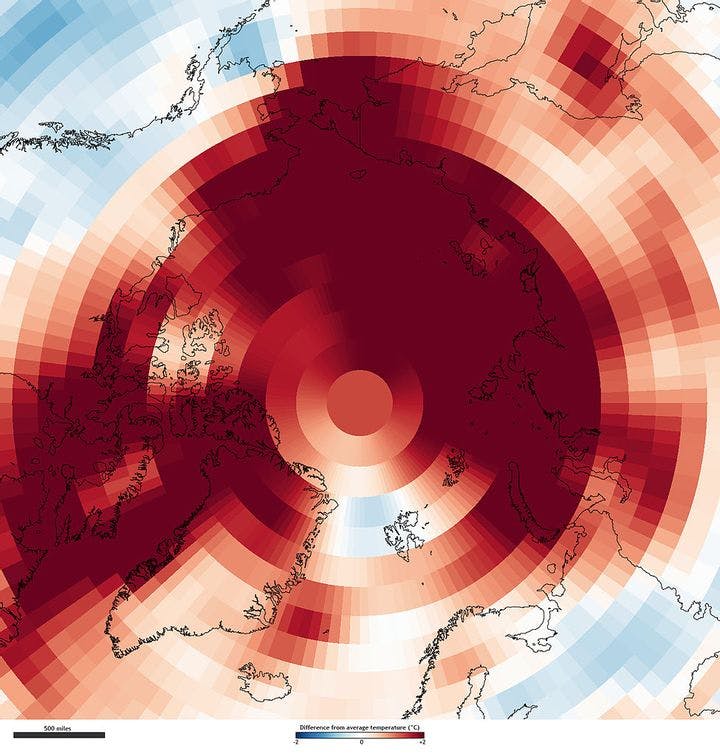Summer 2012
Denying the Climate Deniers
– The Wilson Quarterly
Climate change deniers are conveniently overlooking important nuances.
Climate change deniers have made much hay of research that claims that global temperatures have stopped rising. Global warming, they gleefully conclude, must not be the threat so many think it is. But such thinking overlooks important nuances, argue Judah L. Cohen and his coauthors. Their research suggests that temperatures have continued to rise in many parts of the world during some parts of the year, even as the global average has barely budged.
The authors analyzed global land temperatures for the period 1979–2010 using observational data and climate modeling. They found that the annual increase in average global temperature became smaller, then disappeared altogether, starting in the late 1990s. When the researchers broke the data down by season, however, they found that things looked very different. Significant warming trends were evident in spring, summer, and fall, with global increases over the decade 2001–10 ranging from 0.68 °C in the summer to 0.88 °C in the fall. In central and northern Eurasia, summer and fall temperatures increased more than double those amounts.
Winter in the Northern Hemisphere, however, presented a significant anomaly. Winter temperatures rose slightly in the first 10 years but leveled off around 1987 and even dropped later in the observed period. This difference was big enough to offset the gains during other parts of the year, giving life to the sound bite that global warming was a thing of the past. But the increases during the nonwinter months are reason enough to take climate change seriously.
What accounts for the pattern of cold winters in the Northern Hemisphere? The authors can’t say for sure. But theories that link the phenomenon to a warming Arctic, declining levels of Arctic sea ice, and increasing autumn snow cover in Eurasia have merit—and are thought to be connected to global warming to boot.
THE SOURCE: “Asymmetric Seasonal Temperature Trends” by Judah L. Cohen, Jason C. Furtado, Mathew Barlow, Vladimir A. Alexeev, and Jessica E. Cherry. Geophysical Research Letters, Feb. 25, 2012.
Image courtesy of NOAA
